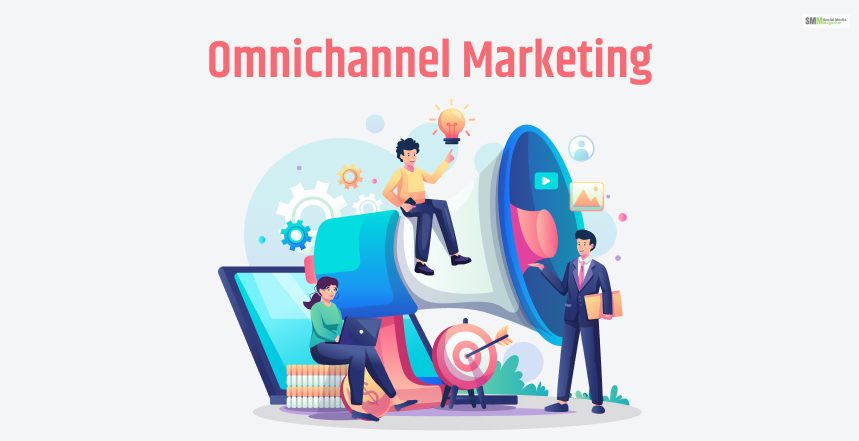What Do Digital Magazines Offer To Modern Brands?
Subhasree Nag, 2 days ago

Omnichannel marketing is a cohesive approach to marketing and sales that provides customers with a seamless and integrated experience. It’s called “omnichannel” because it does so across multiple online and offline channels and touchpoints.
Read this post till the end to learn more about omnichannel marketing and how big brands use it.
Omnichannel marketing aims to create a unified brand experience, irrespective of the channel or device customers use. Therefore, implementing the right omnichannel marketing platform enhances customer experience, engagement, and loyalty.
The key aspects of omnichannel marketing strategy include:

Customers interact with brands through various channels like websites, mobile apps, social media, brick-and-mortar stores, email, SMS, and more.
Therefore, ensure a consistent brand message, tone, and experience across all channels, creating a cohesive brand identity.

Did you know that customers can start an interaction on one channel and seamlessly continue it on another without disruptions?
Therefore, you must provide personalized experiences across channels based on customer behavior and preferences.

You must utilize data from various touchpoints to understand customer behavior, preferences, and purchase patterns.
Therefore, you must use data analytics tools to optimize marketing strategies, improve customer engagement, and enhance the customer journey. You can use social media analytics tools like SocialBee, Vista Social, and FeedHive.
Many design strategies focus on meeting customer needs and expectations, ensuring customer convenience and satisfaction.
Therefore, you must ensure that accessibility and usability across different devices and platforms are present for a seamless experience.

To stay relevant and effective, you must constantly adapt to evolving technologies, customer behaviors, and market trends.
Therefore, you must implement flexible strategies to adjust quickly to changing customer preferences and market dynamics.

Always ensure that you are maintaining consistent branding elements, visual identity, and messaging across all channels and platforms.
Therefore, you must ensure smooth communication between different departments within the organization to deliver a unified customer experience.

As a marketer, you must monitor and measure the performance of each channel and touchpoint to optimize strategies and investments.
Therefore, ensure you regularly refine omnichannel strategies based on insights to enhance customer satisfaction and business outcomes.

Omnichannel and multichannel marketing are both strategies businesses use to engage with customers across various channels. However, they differ in their approach, focus, and the level of integration they provide in customer experiences.
The main differences between omnichannel digital marketing and multichannel marketing are:
While both aim to engage customers across multiple touchpoints, omnichannel marketing focuses more on creating a cohesive and interconnected experience. It does so throughout the customer journey, aiming for higher customer satisfaction, engagement, and retention.
Here are a few detailed examples that illustrate how brands implement omnichannel marketing B2B strategies to create integrated customer experiences:

Starbucks’ mobile app is a prime example of omnichannel marketing because of these reasons:

Disney uses omnichannel strategies to enhance visitors’ experiences across various touch points through:

Sephora employs omnichannel strategies to bridge the gap between online and offline experiences by:

Amazon’s omnichannel approach is built around a unified shopping experience. It does so by:

Nike implements omnichannel strategies to merge its online and offline channels seamlessly:
By implementing an omnichannel marketing approach, businesses aim to create a seamless, integrated, and customer-centric experience that fosters stronger connections with their audience, drives engagement, increases sales, and builds long-term brand loyalty.
These examples above showcase how brands integrate various channels and touchpoints, utilizing data, technology, and a customer-centric approach to provide unified and seamless customer experiences across online and offline platforms.
If you have any questions, comment down below!
Abdul Aziz Mondol is a professional blogger who is having a colossal interest in writing blogs and other jones of calligraphies. In terms of his professional commitments, he loves to share content related to business, finance, technology, and the gaming niche.